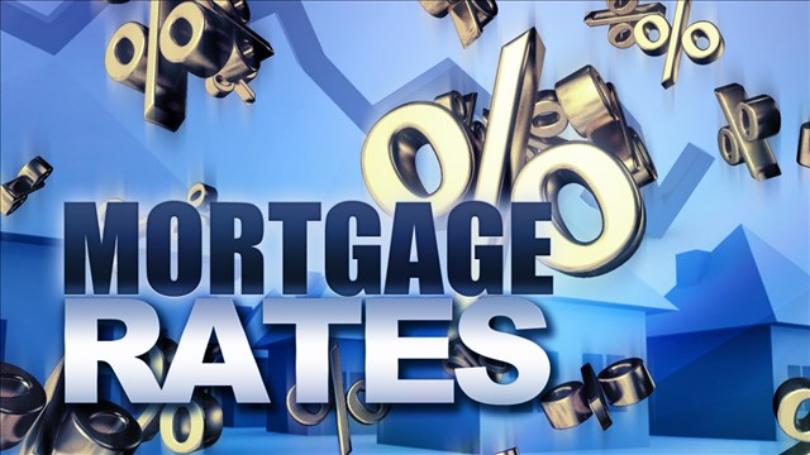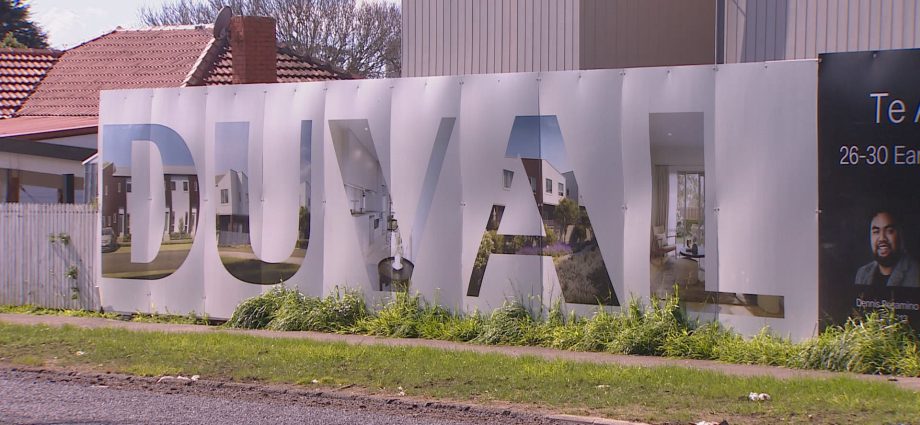PHOTO: Du Val, led by founders Charlotte and Kenyon Clarke.
Most Du Val Investors Unlikely to Be Repaid: What Went Wrong, What It Means
The collapse of the Du Val Property Group has become one of New Zealand’s most painful investment cautionary tales. As statutory managers work through tangled books, many investors are now coming to a stark realisation: they are very unlikely to recover their money. Below is a breakdown of what has happened, what has been uncovered, and what this means for investors — both in Du Val and more broadly.
What is Du Val and Why It Matters
-
Du Val, led by founders Charlotte and Kenyon Clarke, was a property development group that operated dozens of entities. It promised compelling returns via development schemes, mortgage-funds, and build-to-rent projects.
-
Over time, the group came under regulatory scrutiny, and concerns were raised about accounting practices, transparency, related-party transactions, and whether the debt levels were sustainable.
The Key Findings
-
Massive Debt vs Incomplete Records
The group owes hundreds of millions of dollars. Statutory managers (PwC) have reported that debt-figures have ranged above NZ$300 million.
However, accounting records are “materially incomplete” and many related-party transactions are poorly documented. This complicates efforts to understand exactly who owes what, from whom, and to what priority. -
Some Partial Returns, Many Losses
-
Build-to-Rent fund investors might get between 40 and 44 cents on the dollar as some properties are sold.
-
Conversely, investors in the Opportunity Fund and Mortgage Fund are likely to lose their entire investments—or at least a very large proportion. These funds have less security and are further down in creditor priority.
-
-
Regulatory & Legal Red Flags
-
The Financial Markets Authority (FMA) has issued warnings about misleading/promotional material, especially around the “Equity Swap” scheme Du Val put in place—which converted investor units into shares in a new Du Val company. Investors who took up that offer are now facing essentially worthless shares.
-
Courts have been involved. Du Val’s owners have resisted some inquiries; there are ongoing efforts by statutory managers to recover anything possible.
-
Why Many Investors Won’t Be Repaid
Putting together the various findings, here are the major reasons:
-
Low priority for unsecured investors. Secured creditors (banks, etc.) and other high-priority debts are being paid first. Many ordinary investors are unsecured, meaning their claims are far down the line.
-
Insufficient assets left. As properties are sold, not all will fetch enough to cover their part of debts. Some assets are hard to liquidate; some may have little remaining value after costs. The costs and delays of resolving legal claims further eat into what might be left.
-
Complex & opaque structure. With many related-party transactions, unclear ownership and control, opaque financial disclosures, and missing or delayed accounting, it’s difficult to trace responsibility or untangle obligations. This means that even if wrongdoing is found, recovering funds will be slow and incomplete.
-
Regulatory safety nets are limited. Some offers were only made to wholesale or “sophisticated” investors, who have fewer protections under the law. Disclosure requirements, audit obligations, etc., were less strict in those cases.
Lessons for Investors
This situation isn’t just about Du Val. It carries lessons that are relevant to any high-risk investment or property development scheme:
-
Always probe underlying financials, especially ownership, debt levels, and how “returns” are promised.
-
Check legal protections, particularly for retail vs wholesale investor status. What disclosures are legally required? Are audits in place?
-
Understand how claims will be prioritised in a insolvency or receivership scenario. Secured vs unsecured, who gets paid first, etc.
-
Watch for regulatory actions and red flags: warnings from regulators, lawsuits or investigations, delayed disclosures, changes in how income/distributions are handled.
-
Don’t be swayed by flashy marketing. Promises of high returns, visuals of wealth, social proof—they can hide structural weaknesses.
What Happens Now
-
Statutory managers continue their forensic work: trying to trace assets, identify related-party payments, establish what claims are valid, and see whether any legal action can recover value for investors.
-
For some investors (especially in Build-to-Rent), partial repayments may be possible in coming months.
-
Many others (particularly in Opportunity and Mortgage Funds) may have to write off all or most of their investment.
Final Word
The Du Val collapse is a warning: investment is not just about potential returns, but also about risk, transparency, legal structure, and accountability. For those who invested, the road ahead is steep. Many face losses. For others considering similar opportunities, this is a strong signal to do the homework before committing funds.










